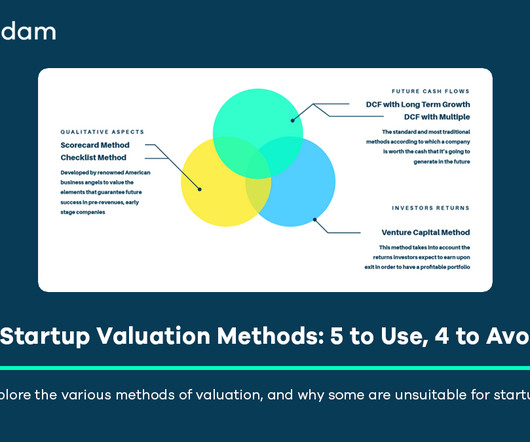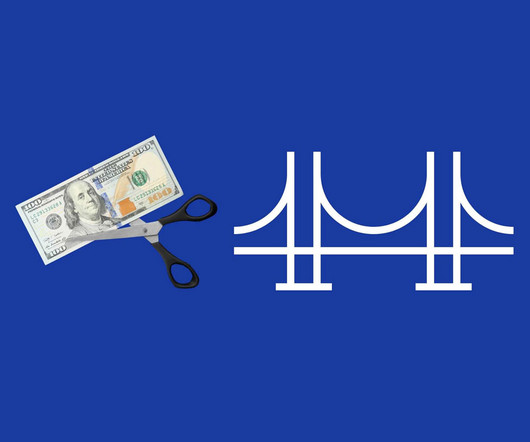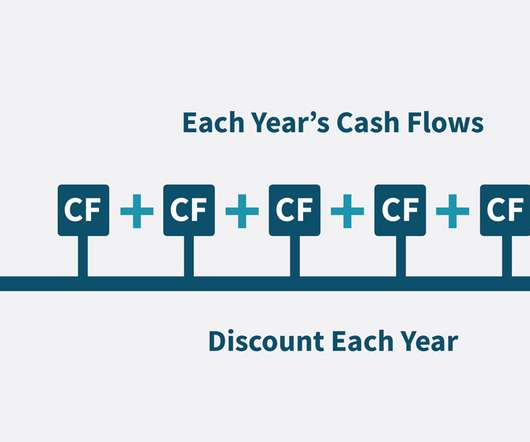9 Startup Valuation Methods: 5 to Use, 4 to Avoid
Equidam
APRIL 26, 2025
Methods relying heavily on historical data or the current balance sheet, such as Book Value or Cost to Duplicate approaches, often fail to capture this forward-looking, intangible-driven value. The book value typically represents only a fraction of the perceived worth and fails entirely to account for future prospects.











Let's personalize your content